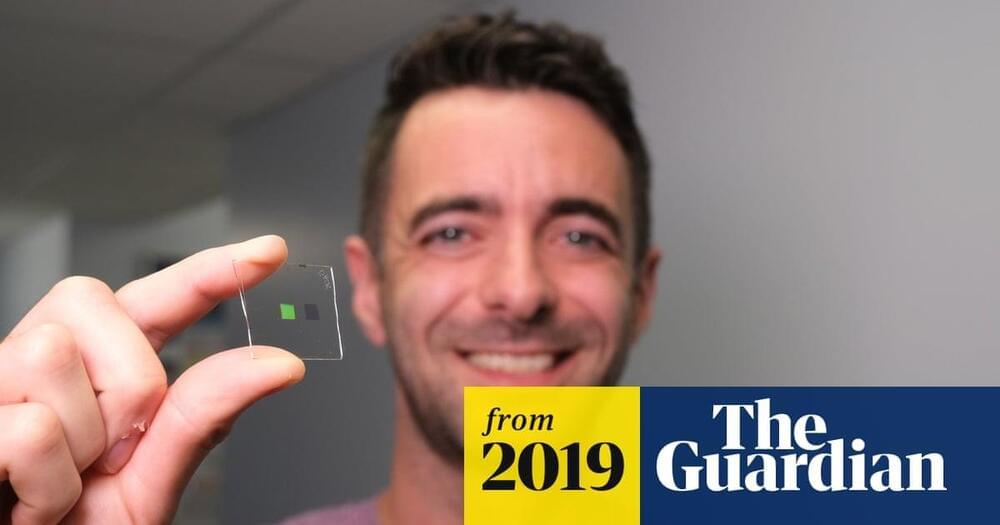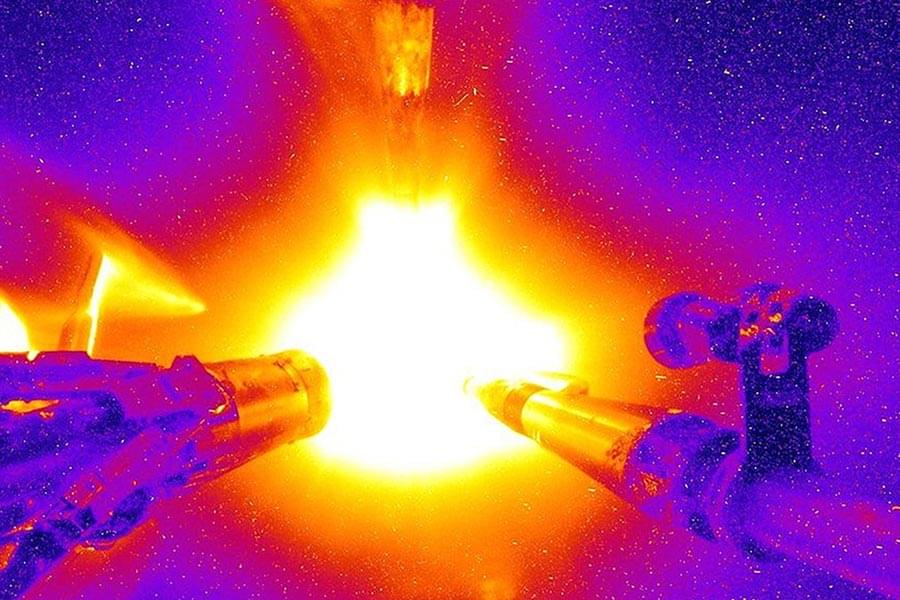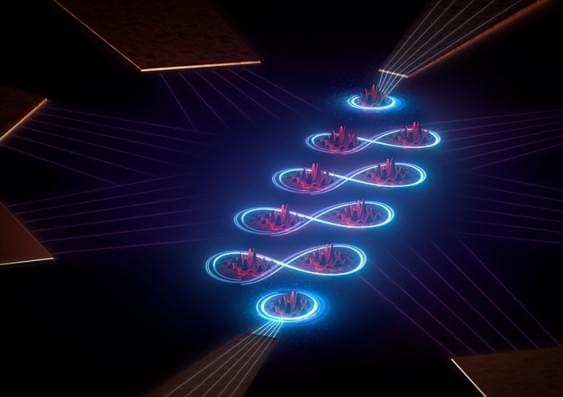Wait, what? really?
For the first time, scientists were able to create particles without precursor particles or colliding two quanta together. Using the Schwinger effect, they could create matter with the aid of electromagnetic fields.
What Is a Schwinger Effect?
According to Wikipedia, a powerful electric field is thought to form matter due to the Schwinger effect. It is a quantum electrodynamics (QED) prediction that, in the presence of an electric field, electron-positron pairs spontaneously form, leading to the decay of the electric field.








